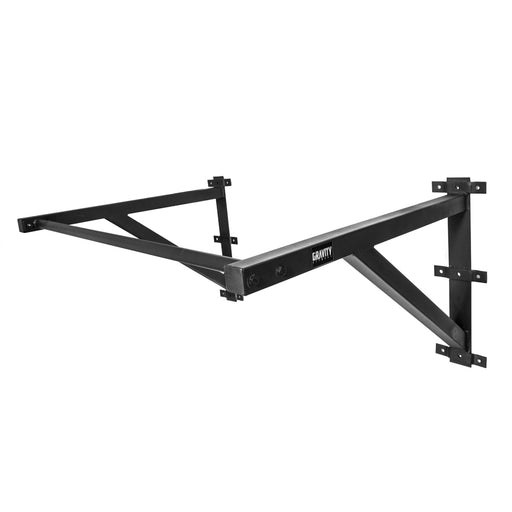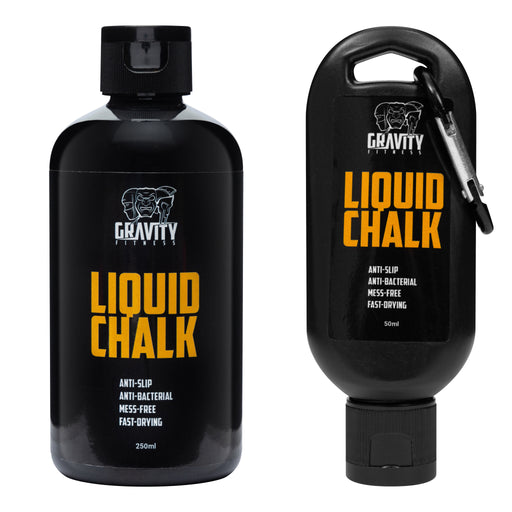
What's the peak of superhuman strength in calisthenics?
It’s time to settle an argument. What’s the most challenging (and impressive) calisthenics movement of them all?
If you've been following our "superhuman" series, you'll know we’ve looked at some of the most dynamic and powerful movements in bodyweight training. From pull-ups to handstand push-ups, we've explored what it takes to achieve superhuman status. It’s time for the ultimate challenge - identifying the most elite movement in calisthenics.
What are the most difficult calisthenics movements?
In the sport of calisthenics, several movements vie for the title of “most elite”. The muscle-up, with its combined pulling and pushing power, is a strong contender. The handstand push-up, demanding balance and strength, is another legit opponent. Human flag is downright crazy. But there’s one move that sits at the crossroads of awe-inspiring and achievable (with a lot of work…. the planche.
Why is Planche considered the best calisthenics exercise?
The planche isn’t just a demonstration of strength. It’s a blend of balance, flexibility, total body control, and mental focus. To hold the planche position, your shoulders, core, and wrists have to create a perfect horizontal body line that seems to defy gravity.
But why is the planche considered so elite? Perhaps it's because it showcases immense control over your bodyweight, and that is a sure sign that someone has been training consistently (and patiently) for a long time. Whatever the reason, mastering the planche signifies reaching the summit of calisthenics prowess.
How to work towards a calisthenics planche
Why not put planche on your 2025 list of fitness goals? The route to your first planche is tough, but doable for most people with the right guidance and training plan. And it’s so rewarding once you get there!
Start with foundational movements, such as tuck planche holds and planche leans to strengthen your shoulders, core, and wrists. If you want more help, check out our app which has step-by-step guidance to every calisthenics exercise you could ever need – including planche!
Foundational movements to master the planche
Before you can planche, establish a strong base with these exercises:
L-sit - for core stability and shoulder strength
Tuck planche - with knees tucked to build confidence and control
Planche leans - lean forward in a plank to adapt your wrists and shoulders
Try this planche prep workout
Here’s a workout taken straight from the Skills section of our app. It’s designed to help you progress towards a planche. Give it a go!
- Hollow body hold – 60 seconds hold, 5 sets (60 seconds rest)
- Planche lean hold – 60 seconds hold, 5 sets (120 seconds rest)
- Planche lean push ups – 5 sets, 5 reps (120 seconds rest)
- Handstand push ups – 5 reps, 5 sets (120 seconds rest)
- Assisted tucked planche into planche – 45 seconds hold, 5 sets (120 seconds rest)
- Band assistant straddle planche hold – 5 seconds hold, 5 sets (120 seconds rest)
- Tuck planche hold - 5 seconds hold, 5 sets (120 seconds rest)
- Advanced tucked planche hold - 5 seconds hold, 5 sets (120 seconds rest)
- 90 degree handstand push up - 5 seconds hold, 5 sets (120 seconds rest)
- Handstand negative into straddle planche – 1 rep, 8 sets (120 seconds rest)
- Half lay planche hold - 5 seconds hold, 5 sets (120 seconds rest)
- Low straddle planche hold - 5 seconds hold, 5 sets (120 seconds rest)
- Low straddle planche hold leg pulses - 5 seconds hold, 5 sets (120 seconds rest)
- Tuck planche kick out into straddle planche - 5 seconds hold, 8 sets (120 seconds rest)
- Lean and pop into straddle - 5 seconds hold, 5 sets (120 seconds rest)
- Legs apart straddle planche - 5 seconds hold, 5 sets (120 seconds rest)
Do you need equipment to do planche?
You can progress towards planche and even do full planche with no equipment at all, but it’s easier and more effective on parallettes. A good set of calisthenics parallettes gives you a more stable grip and reduce strain on the wrists so you can focus on the movement. Resistance bands are also a useful bit of kit for your planche journey.
Honourable mentions: other elite movements
The planche might have stolen the spotlight, but we want to recognise some other elite calisthenics achievements:
- Muscle up – bar and ring muscle ups combine a pull and a push making this one of the most elite bodyweight movements.
- Pull – the front lever demands immense back and core strength, showcasing a perfect horizontal line as you pull up and then hold your body in place.
- Hold – the human flag showcases balance and strength as you appear to defeat gravity.
All of these moves take practice, which is one of the beautiful things about calisthenics. No matter where you start from, you can always progress to the next level and celebrate your personal wins along the way.
Becoming superhuman in calisthenics
- Progressive overload - gradually increase the difficulty of your workouts by adding reps, sets, decreasing rest time, adding external load, or progressing to the next movement.
- Recovery – calisthenics might not be as hard on your body as traditional weight training but you still need rest days, deload weeks, periodised training, and good nutrition and sleep.
- Consistency – don’t worry about how often you can train, think about how you can stay consistent over the weeks, months, and years.
Becoming superhuman isn't all about muscle – it’s about skill, practice, and loving the journey. Embrace the struggle, respect your body’s pace, and celebrate every success in your calisthenics training timeline.
Keep setting goals – we’re here to support you with everything you need to become your own version of superhuman.










































